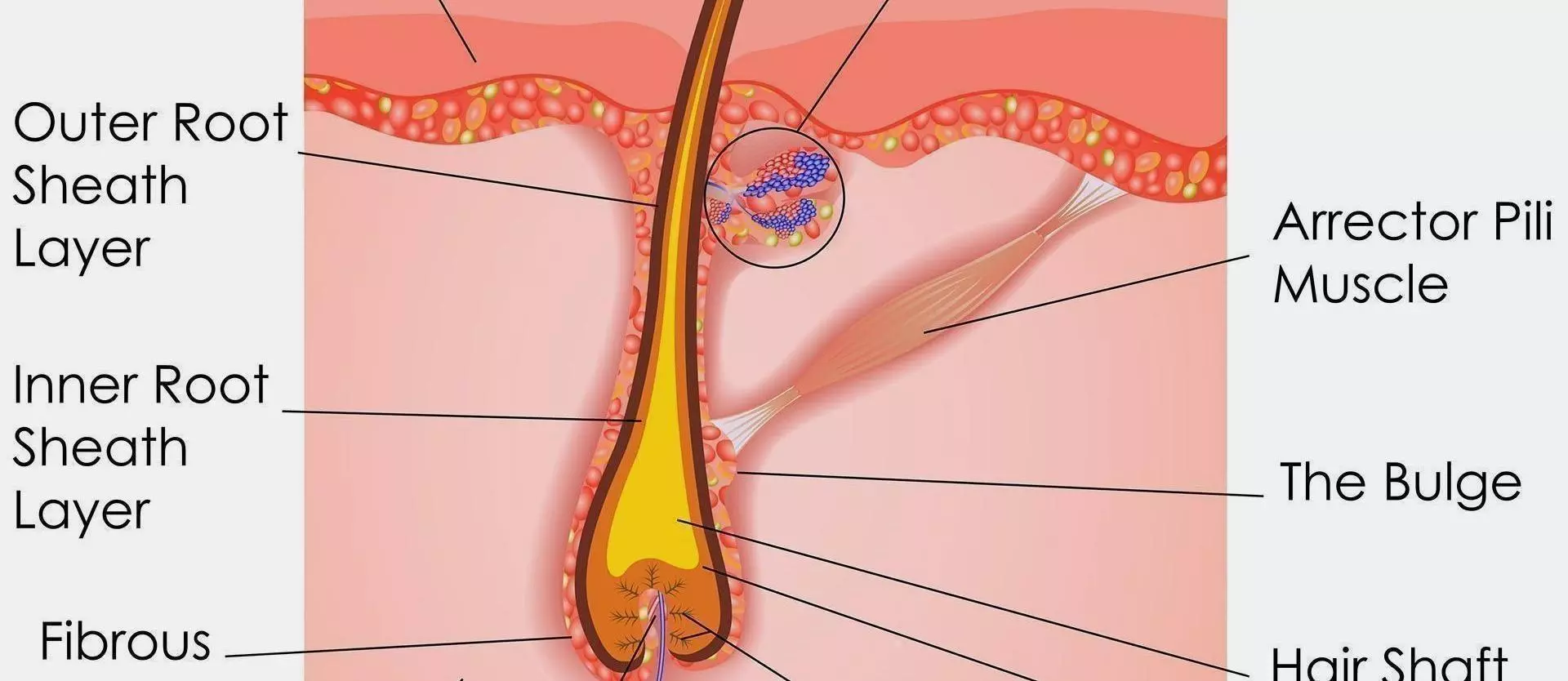For many people, hair loss is an ongoing problem. In some situations, it is not possible to know what the underlying cause of that hair loss is. It could be due to hormones, hereditary factors, and the products and styling methods you use. In other cases, it is likely to pinpoint a specific area of concern that's causing your hair loss. One of those factors could be DHT, also known as dihydrotestosterone. The more you know about it, what it does, and why it causes hair loss, the more likely you will be able to pinpoint steps you can take to minimize this risk.
What Is DHT?
DHT is derived from testosterone, a hormone that is found in both men and women. It is a type of androgen. It is also called 5a-dihydrotestosterone. For those who enjoy science, 5a-reductase is an enzyme that synthesizes DHT in the adrenal glands, as well as in the hair follicles located throughout your body, the testes, and the prostate. Both men and women can experience hair loss as a direct result of changes in your metabolism of androgen in the body. It is more common for this to happen in men than it does in women, but it can play a role in hair loss in both men and women. More prominently, it is one of the most common causes of hair loss.
How Does It Happen?
For men, you may have a condition known as male pattern baldness. This is also called androgenic alopecia or androgenetic alopecia. It is one of the main types of hair loss men have, in fact. This condition is brought on by the hair follicle's reacting to or being sensitive to DHT. When this happens, the follicles shrink, which is also called miniaturizing. Because they are now smaller, there is a much shorter lifespan for the growth of hair from them. In some cases, the growth pattern for hair is simply abnormal in any way.
To get a bit more in-depth about the topic, consider the makeup of the follicle. The papilla of hair, called the dermal papilla, is the portion of the follicle that is responsible for the growth of hair. These dermal papilla cells will divide over and over again. They differentiate to form new hair follicles. Because the papilla comes in contact with the skin's blood capillaries, all of the nutrition it needs comes from the bloodstream. In general, this process works well because the hair follicles get enough nutrients needed to grow healthy, long hair.
The dermal papilla has a large number of what we call androgen receptors. Men have more of these than women do. DHT can become in contact with the dermal papilla. When it does, it can undermine the ability of the follicle to absorb the necessary nutrition it needs. As a result, the follicle is unable to produce the same quality of hair that is normally expected.
You may know that hair follicles go through resting periods and growth periods. These stages happen over and over again. At any given time, much of your hair is in the resting phase. Hair grows and then falls out, resulting in the change of the phase. When DHT is involved, things change. More specifically, the resting stage is longer than it is normally. The growth phase for your hair gets shorter. This is why you feel like you are losing a lot of hair and that is why your hair looks and feels thinner.
What Can Be Done About It?
In some situations, if the hair loss is advance there may not be anything that can be done to stop this hair loss from occurring. However, there are now more treatment options available than ever. Making dietary changes may help you to see improvement. You can work on improving your dietary intake with supplements. Additionally, some drugs work to stop the conversion of hormones and that could mean less DHT in your system. This includes products like Minoxidil and Propecia. It's always wise to work hand in hand with your doctor and hair loss professional to find the best solution for your unique situation. Many people will be able to slow, if not stop, hair loss with the right combination of treatments. To learn more about treatment options for your unique situation, schedule a complimentary, private consultation.






